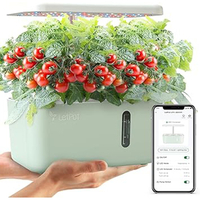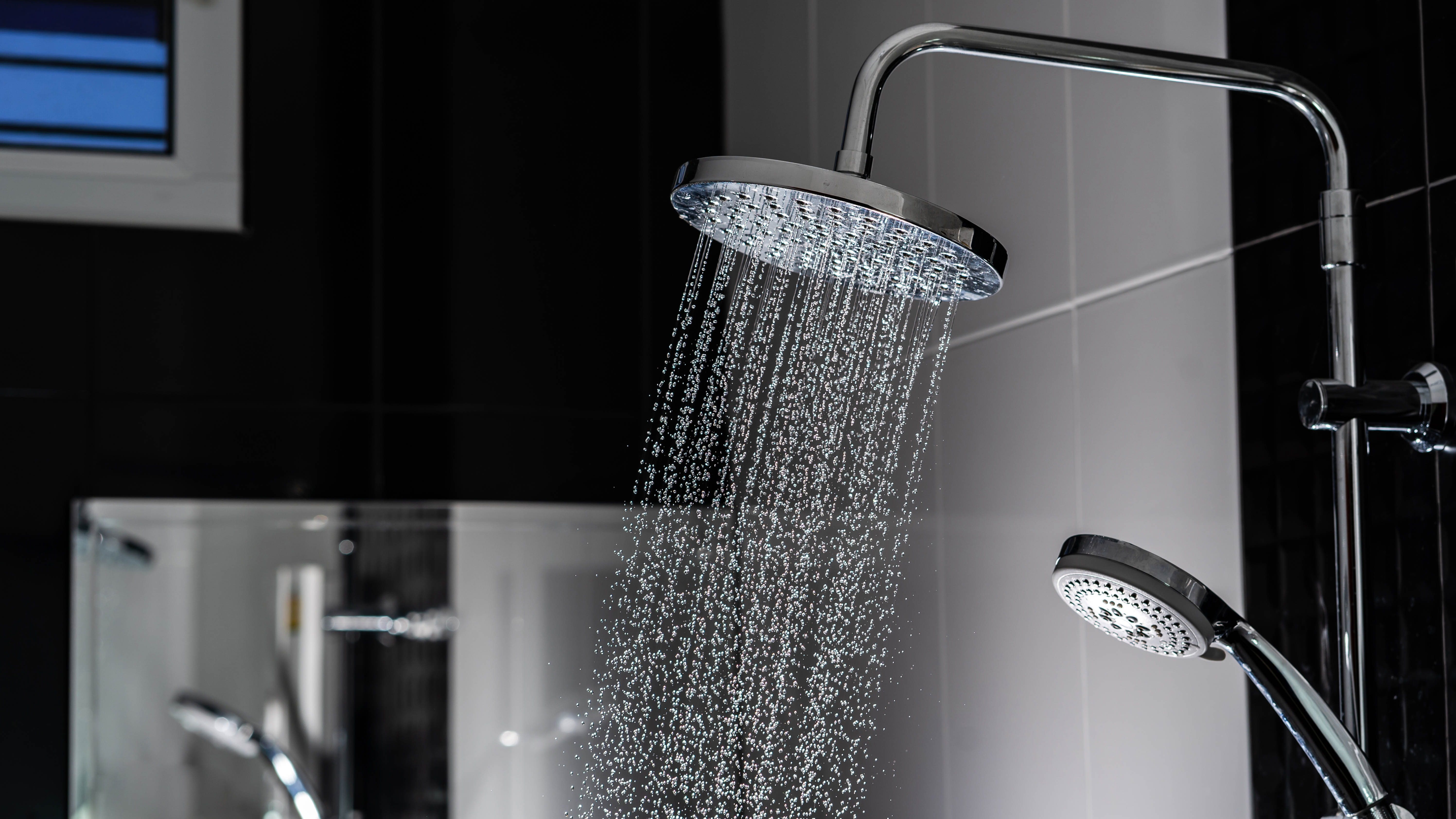I grew veggie seeds in a hydroponics grow box — here's what happened
I grew veggie seeds without soil — and I was surprised
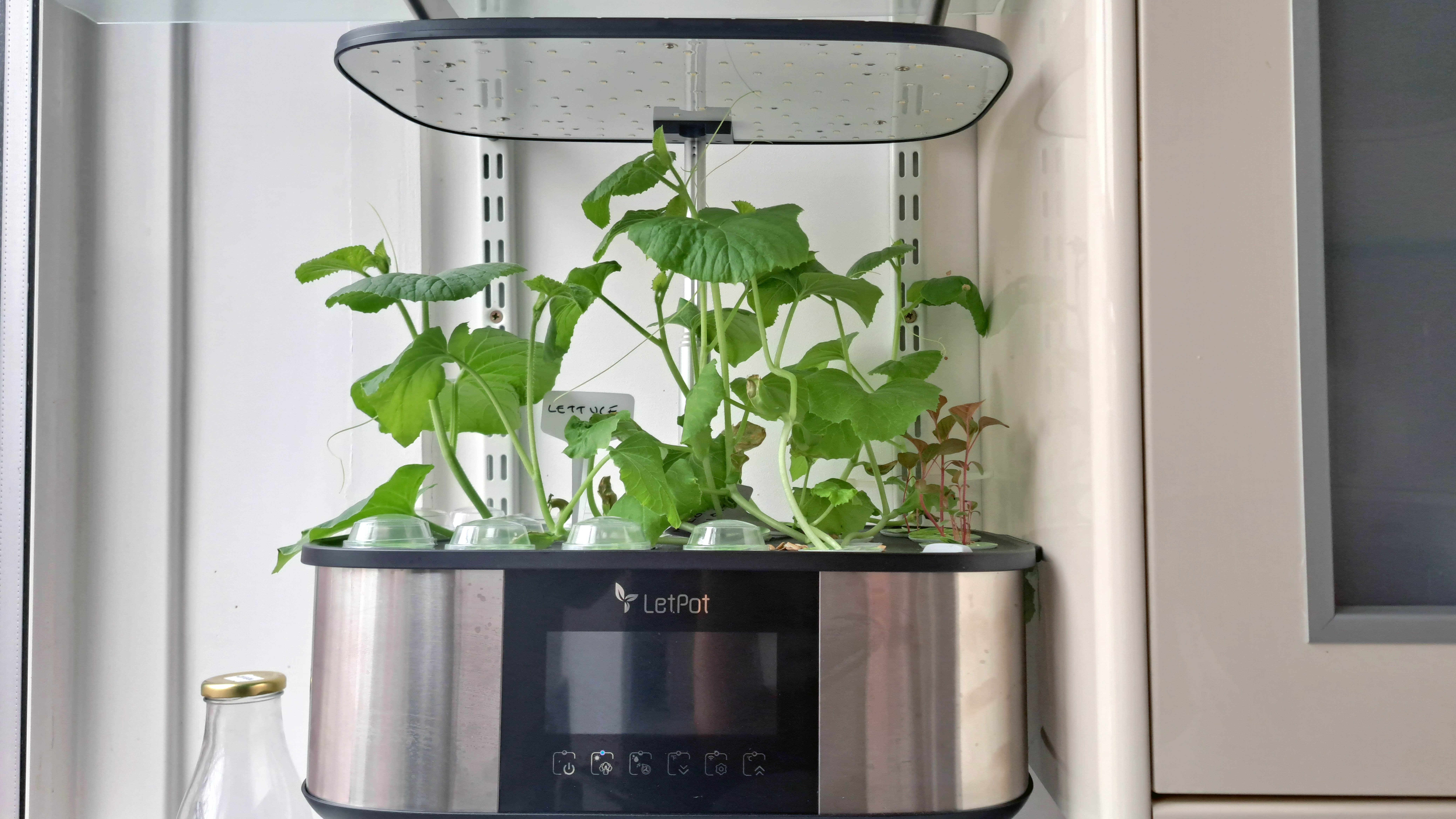
There’s nothing more satisfying than growing your own, fresh vegetables. Whether you’re growing juicy tomatoes from seeds or aromatic herbs indoors, these can be conveniently plucked to go straight into delicious dishes.
Over the years, I’ve tried (and failed), to successfully germinate my favorite fruit and vegetable seeds indoors — mainly due to making these common mistakes when growing vegetables. Additionally, my results outside would often depend on the soil conditions, which would affect the yield.
Just when I thought it was time to abandon the gardening gloves, I discovered an alternative method of growing vegetables all year round. What’s more, it doesn’t even involve soil — so you can avoid mess and won’t get your hands dirty!
This method is known as hydroponic gardening or ‘soil-free growing’, and has gained popularity in recent years. Taken from the Greek words ‘hydro’ (water) and ‘ponos’ (work), plants simply grow in nutrient-rich water (instead of soil), that goes directly to the plant's roots. Typically, hydroponic systems are in a self-contained, grow box that often comes with an LED light, but have become more advanced with App control. Best of all, these promise faster growth, and higher yield, even through winter.
Interested to know whether I could "fast-track" my homegrown plants, I tried veggie seeds in a hydroponics grow box — here's what happened.
LetPot LPH-SE Hydroponics Growing System: $113 @ Amazon
This kit contains 12 pods for growing herbs, a 24-W full spectrum LED light, and a 5.5-liter water tank.
How do Hydroponic systems work?
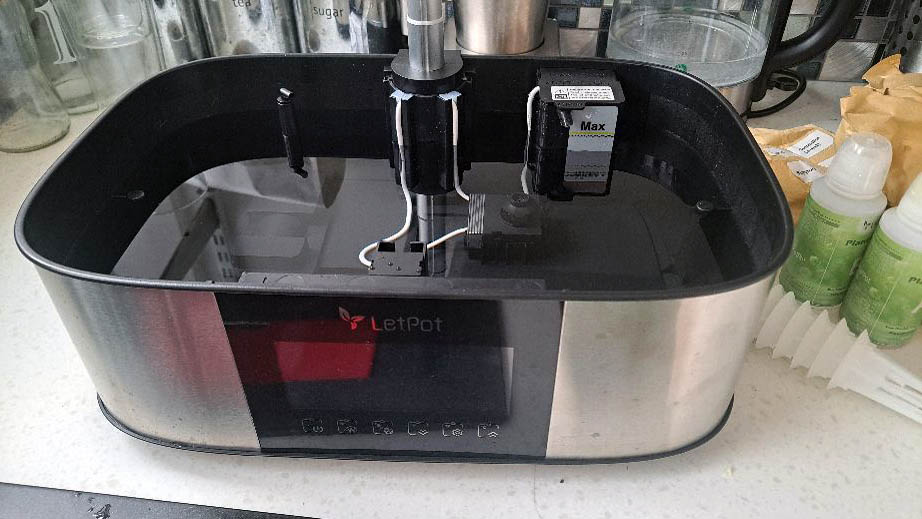
It might seem odd to sow seeds without enriched soil, but there are certain plants and vegetables that can thrive in just water and nutrients. Essentially, you add nutrients/fertilizer in the water, and it will directly go into the root of the plant to nourish it.
“One of the main benefits of hydroponic gardening is faster plant growth due to direct access to nutrients,” explains Nadezhda Yaneva, gardening expert at Fantastic Service. “It also produces more crops while taking up less space, making it very efficient. Additionally, this method is more water-efficient, using up to 90% less water because the water is recirculated. By not using soil, you can avoid dealing with weeds, saving you both time and energy. There's also a reduced risk of soil-borne diseases and pests, contributing to healthier plants. Hydroponics lets you grow plants indoors all year, so they always produce the same amount of food no matter what time of year.”
Sign up to get the BEST of Tom's Guide direct to your inbox.
Get instant access to breaking news, the hottest reviews, great deals and helpful tips.
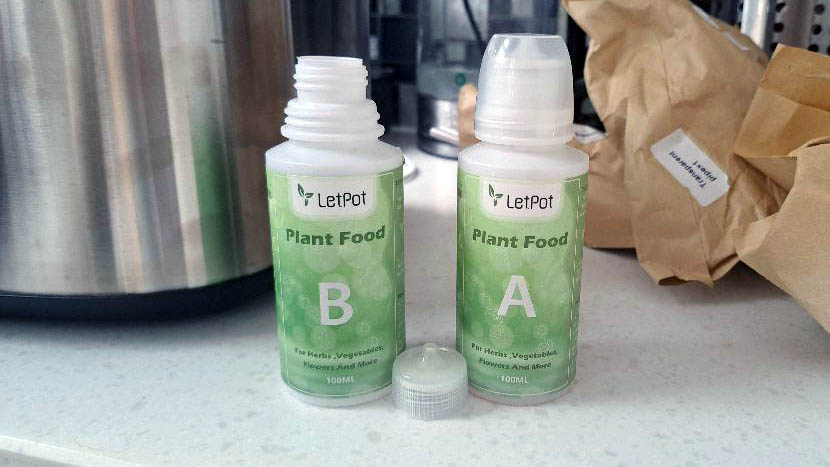
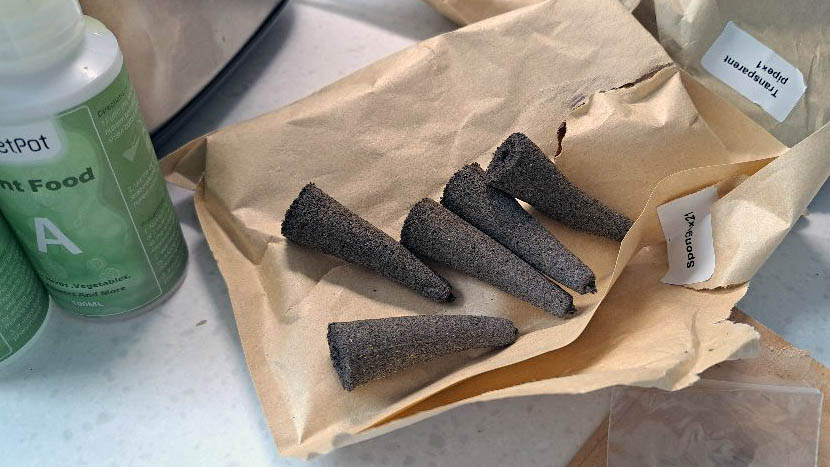
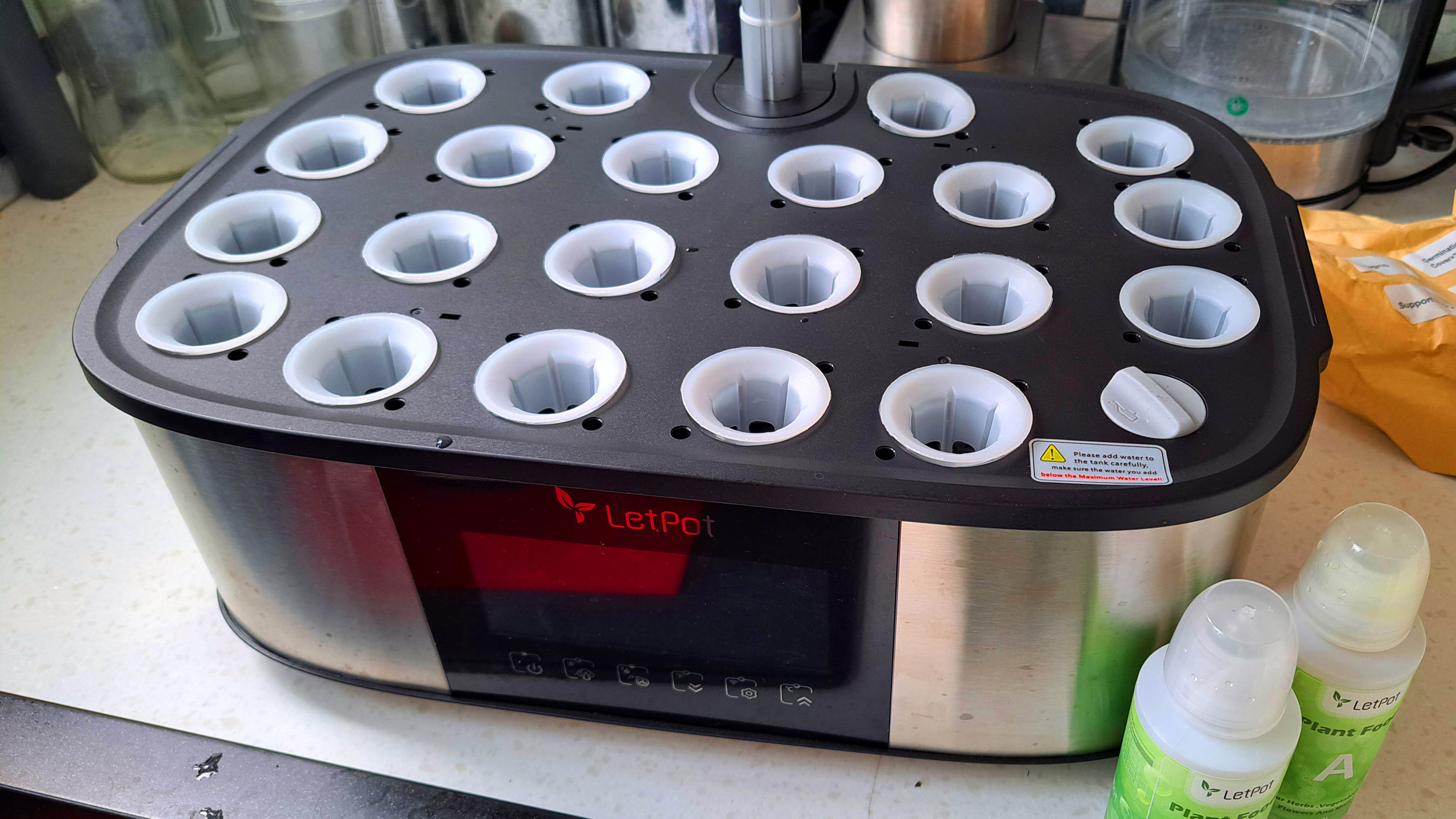
First, I set up my LetPot Max hydroponics LED grow kit on my kitchen shelf. The LetPot Max is a fully-automated, smart system that also includes a light timer, auto-irrigation feature, water levels and app-control. Getting started is fairly easy, although be sure to read the guidance first.
It’s recommended that you use either bottled or distilled water to fill the grow box. Once you fill it to the Max line, you then add the plant foods that are supplied. After following the mixing guidance (on each bottle), I added the nutrients into the water as per the instructions. Now, it was ready for me to add my seeds.
What I planted, and the results...
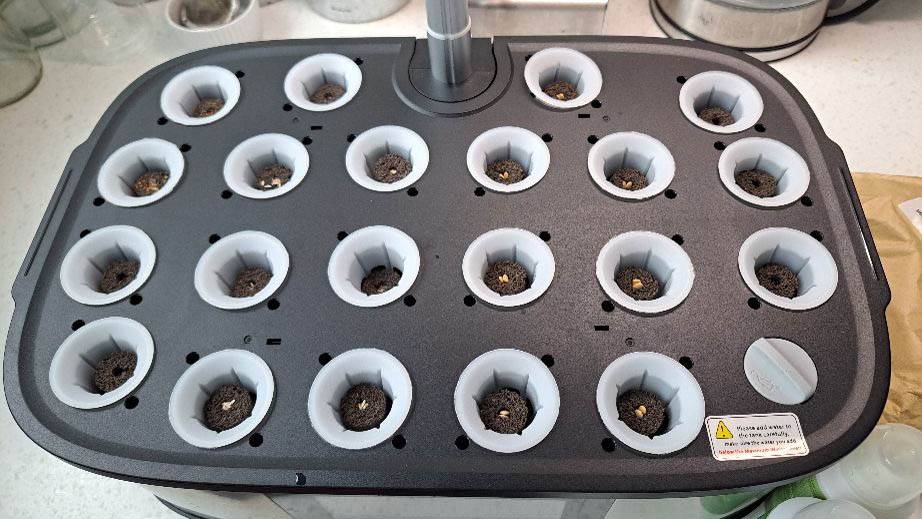
I decided to sow lettuce, spinach and melon seeds into the pods, my three favorites. There are two pod trays that come with the LetPot — a 21-pod and 2-pod tray for larger plants. I opted for the former, as I wanted a greater chance of germination.
Rather than the hassle of potting soil, you simply add the seeds into the top of each sponge and insert into a pod. This base of these sponges are essentially submerged into the nutrient-rich water. You then place a sticker and germination cover on top of each sponge. I then set the LED light timer to automatically turn on at 9pm and turn off at 6am — ensuring the seedling gets enough light to speed up the process. Considering that my kitchen gets very little light as it is, I was keen to see what difference the lights would make.
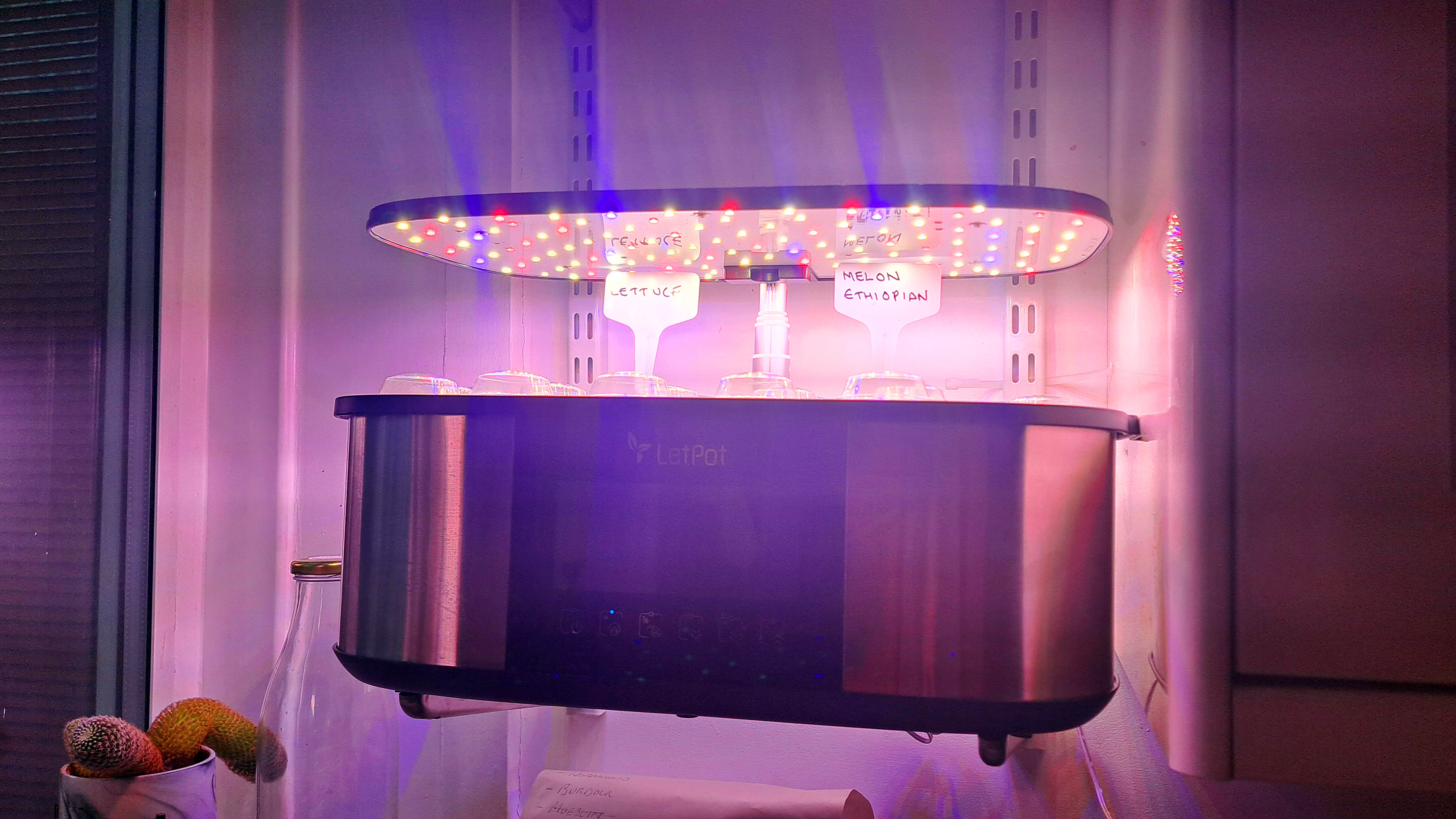
After just two days, I was surprised to see that the melon and spinach seeds had already sprouted. And I was excited to see the tops popping out under the cover. The lettuce seeds hadn’t sprouted yet, but I had high hopes for the coming days.
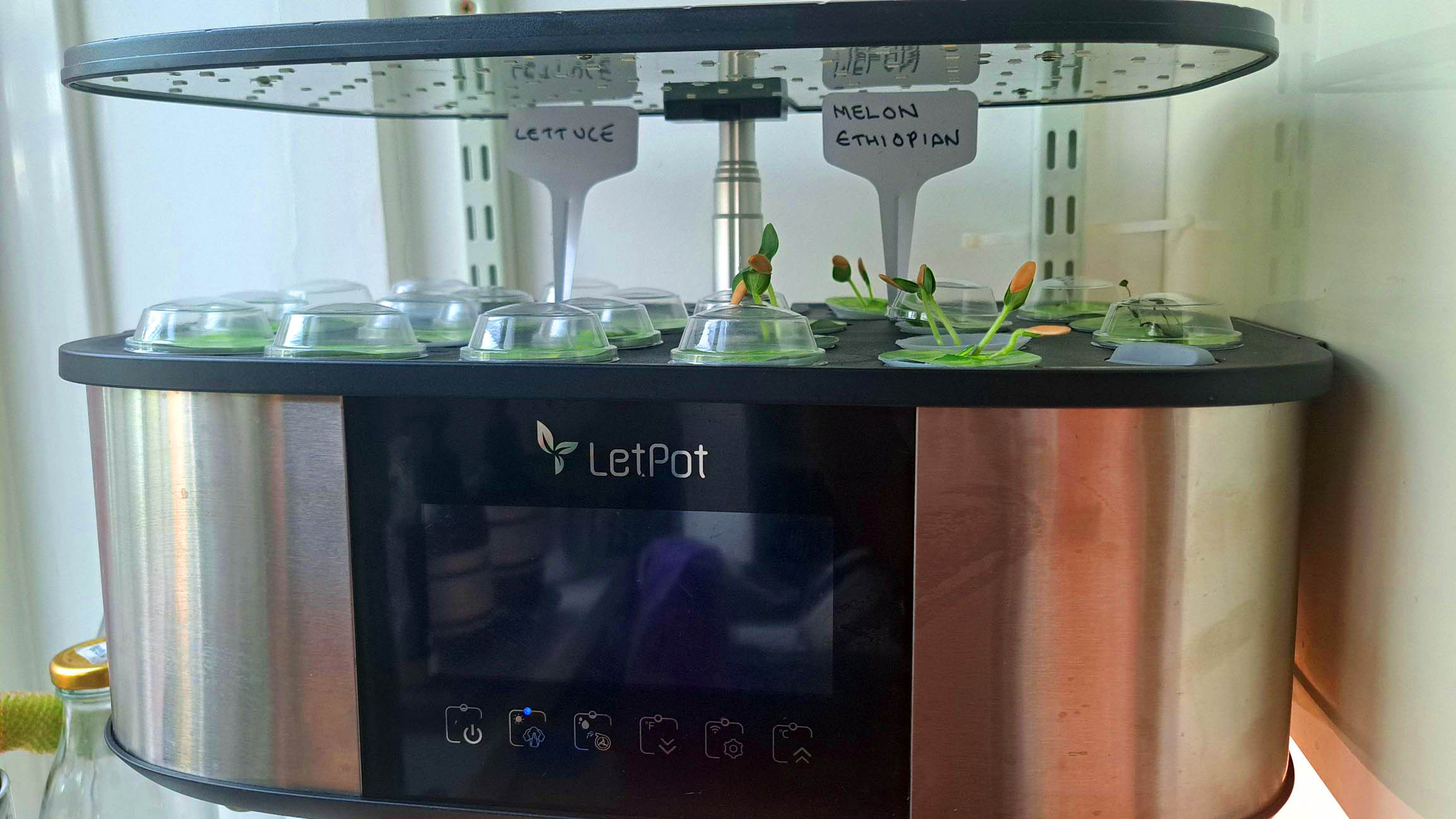
After about nine days, the melon leaves had fully grown in abundance, with the spinach closely behind it. Since melon seeds should be planted in late spring to early summer ideally, this was the perfect time to transplant these outdoors. Sadly, there were still no signs of lettuce, which probably meant I sowed them incorrectly or the seeds may have been compromised. In any case, I would need to do more research into the ‘art’ of hydroponic gardening to get improved results.

Verdict
Compared to traditional sowing in soil, hydroponic systems are certainly a much easier, quicker and mess-free way to germinate and grow plants. Especially because you can utilize it year-round. I like the idea of not having to worry about when to water plants, and I’m not limited to lighting conditions — especially during winter. What’s more, it reduces the risk of soil rot, and the issue of weeds that you’d normally get outdoors.
However, such growing kits are expensive and you do need to spend a little time researching hydroponics gardening to get the best out of your system. Since it runs on electricity, and needs to be on all the time, it could also get costly on bills. Plus, you’ll need to monitor the system often to ensure everything is working properly.
In any case, I was impressed to see such fast results, and there will always be trial and error in growing vegetables — which makes it all the more fun.
Right now, the LetPot LPH-Max Hydroponics Growing System Kit is available for $251 on Amazon or directly on LetPot.com.
More from Tom's Guide

As the Homes Content Editor, Cynthia Lawrence covers all things homes, interior decorating, and garden-related. She has a wealth of editorial experience testing the latest, ‘must-have’ home appliances, writing buying guides and the handy ‘how to’ features.
Her work has been published in various titles including, T3, Top Ten Reviews, Ideal Home, Real Homes, Livingetc. and House Beautiful, amongst many.
With a rather unhealthy obsession for all things homes and interiors, she also has an interior design blog for style inspiration and savvy storage solutions (get rid of that clutter!). When she’s not testing cool products, she’ll be searching online for more decor ideas to spruce up her family home or looking for a great bargain!
